In a softening global market, Swiss luxury watchmaker Longines is banking on vintage nostalgia to drive sales, proving that you don’t have to reinvent the wheel, just reissue it.
Don’t call it a comeback, Longines’ retro-revival is far more nuanced than that. If you have been paying attention to the global watch market over the past five years, two things may have stood out. The first is the rapid acceleration of the second-hand market as the sentiment surrounding timepieces shifts from interest to investment, while the second is the remarkable revitalisation of Longines. What may be surprising to note is that the two aren’t mutually exclusive.
In a market where tech-laden smartwatches and ultra-modern designs dominate headlines, the Swiss watchmaker is leaning into its past to shape the future. With a renewed focus on vintage-inspired designs, Longines is tapping into a wave of nostalgia that’s sweeping through the watch world, and it may end up paying dividends.
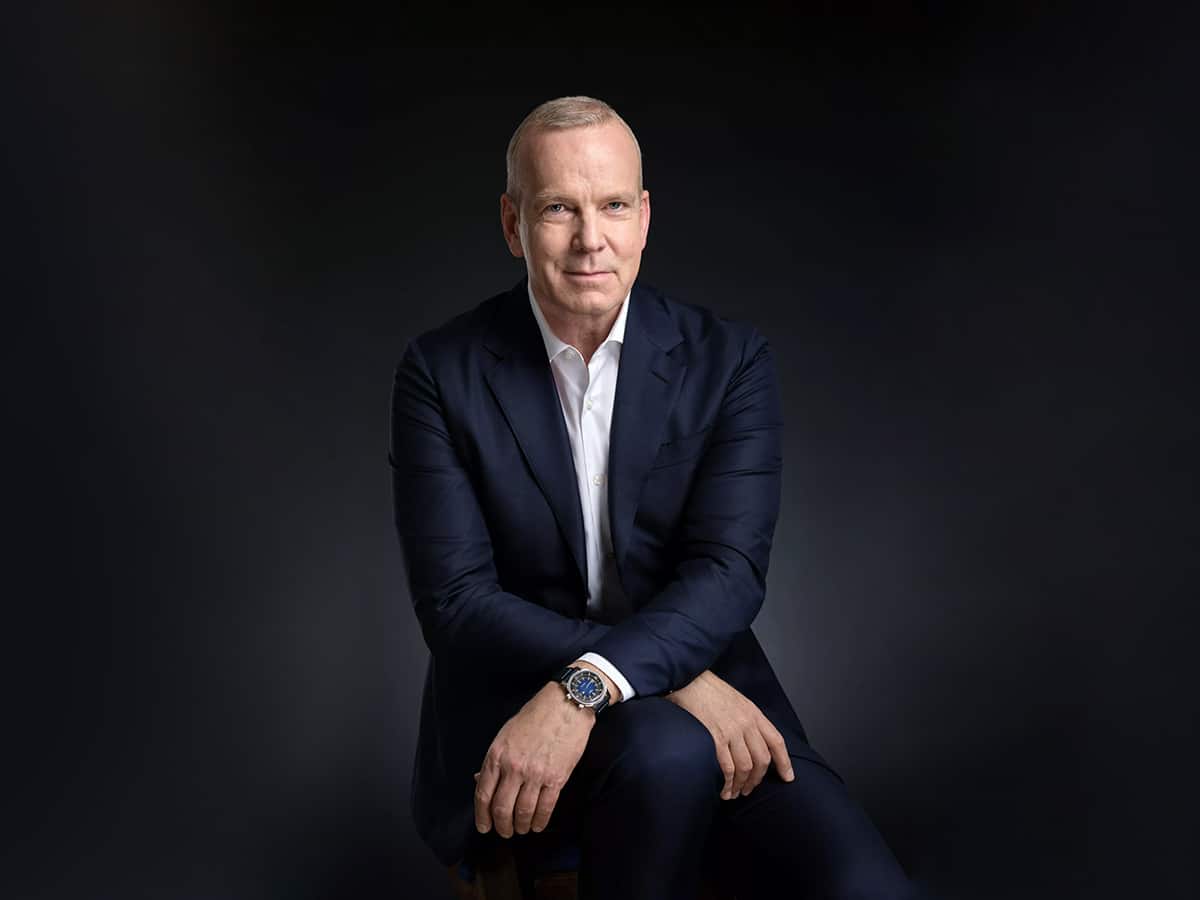
You don’t need to look far to see where the influence lies. At the heart of Longines‘ retro revival is the Heritage Collection, a carefully curated series of reissued timepieces that borrow directly from the brand’s archives. From the revival of the much-loved Ultra-Chron in 2022 to the recent unveiling of the Spirit Zulu Time 1925, the maison’s retro-modernist approach is helping to bridge the gap between old-world charm and contemporary elegance. And while the designs may feel timeless, outgoing CEO Matthias Breschan revealed that the strategy behind them is anything but old-fashioned.
“The watch industry, in general, is perhaps the only industry that really draws inspiration from the past to define the future,” he told me back in March during Longines’ press meeting in Seoul. “This is very unique. And while we try to be inspired by the past, we do so using state-of-the-art technology, because all the watches that we have now are exclusive Longines calibres, all of them. We will definitely continue to go in this direction. What made Longines so strong in the past century was that it was one of the most awarded brands when it came to the precision of watch calibres.”
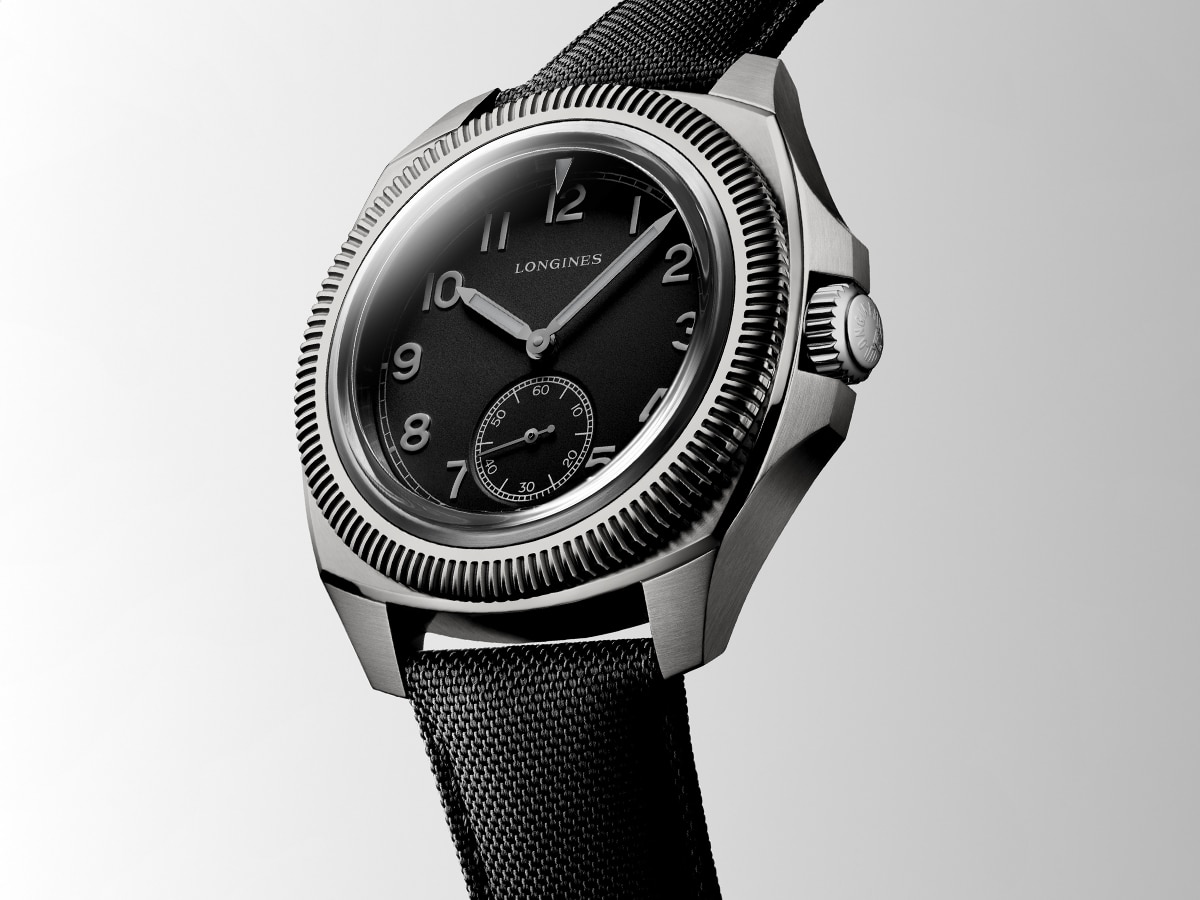

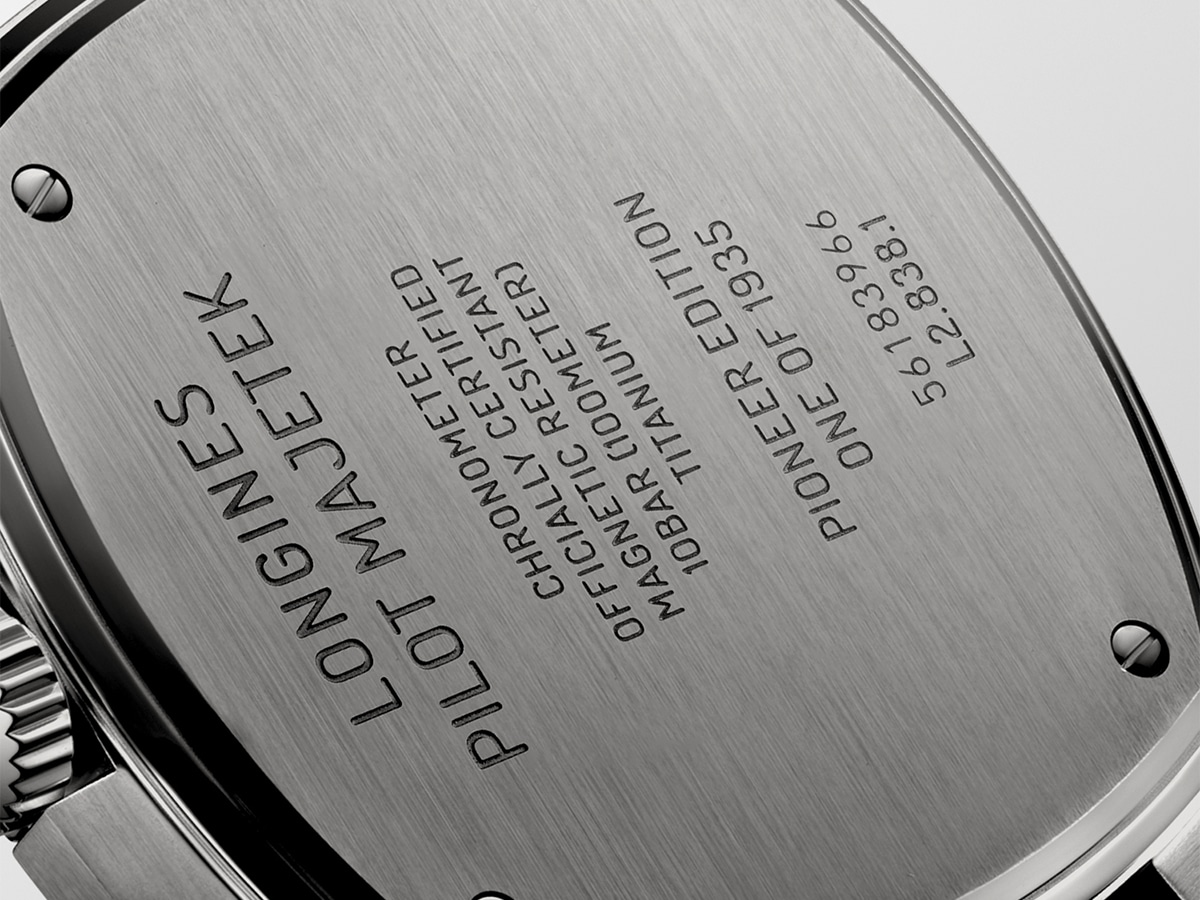
Leveraging History
The outgoing CEO, who announced his departure from the role earlier this month, has been instrumental in taking the brand from a mid-tier luxury watch brand to arguably the industry’s most exciting producer. Recent product line extensions, most notably with the Ultra-Chron Carbon, Spirit Zulu Time Titanium and Pilot Majetek Pioneer Edition, have demonstrated the brand’s finesse for reimagining the design codes of the past for a modern audience.
As Breschan explained, Longines’ success has always been underpinned by expertise and tradition, and for good reason. Few brands can hold a candle to Longines’ frankly ludicrous level of historical significance in the realms of product development, innovation and growth.
The brand famously introduced the first two-time-zone dial timepiece in 1908, brought modern chronograph technology to the masses with its Calibre 13.33Z in 1913 and, perhaps most impressively of all, pioneered the first-ever wrist chronograph with a flyback function. As Breschan explains, the spirit of innovation isn’t just a marketing tagline; for Longines, it is the brand’s very DNA.
“So many people don’t know that Longines invented all these GMT movements, flyback movements, and that we had this huge advantage in high-frequency technology,” he said. “Now this is the point where we need to bring this information to the wider public, because I truly consider, after Breguet, the Longines history and heritage is the nicest in the whole Swiss watch industry.”
“When you go back in history, there are some very iconic milestones in the Longines story. So Longines was extremely well known, of course, for the first Chronograph Flyback, the 13ZN movement…This is a big difference because most brands develop products, and then they somehow try to find a story to tell around it. But for us, the story to tell is written in our history books. This is a huge advantage.”
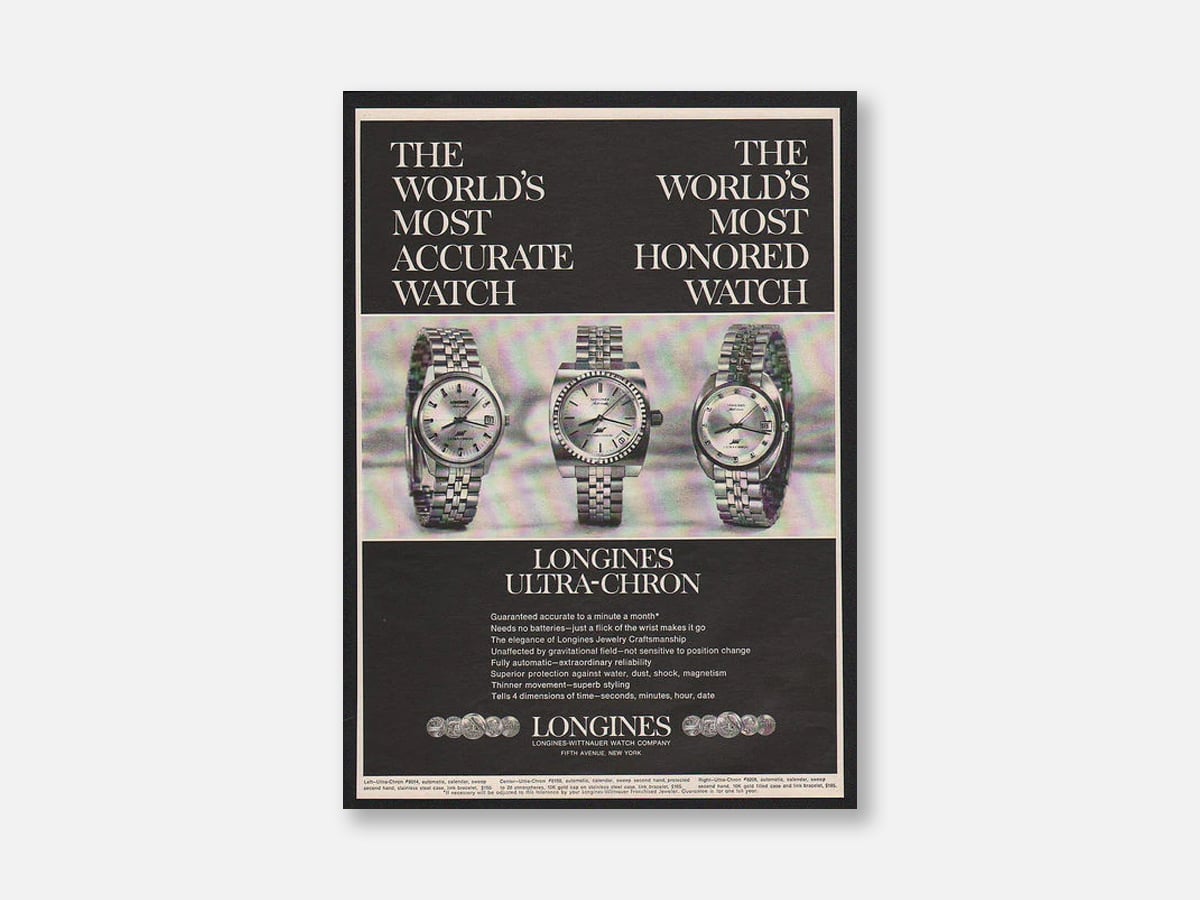
The Vintage Revival
In this current economic climate, watch maisons are looking for any advantage they can get, and for Longines, it means taking a piece of the vintage pie. With a sharp increase in demand for vintage timepieces, largely from the youth consumer market, Breschan believes there is a greater opportunity for watch brands with legacy to make meaningful inroads.
“I think we have the big advantage and luxury that we can almost cherry-pick the best parts in our history and heritage to develop new watches that are vintage-inspired or even almost replica-styles,” Breschan said.
“This gives us really an amazing platform that we can use in the future because the interest, in particular for young people, now in these (vintage) watches, is growing. They see the mechanical watch as a sustainable piece. You don’t throw it away after six or 12 months; you keep it for a lifetime, or the next generation, and there’s a good chance that the value will increase.”
“It’s really something, I would also say, that is not only in the watch industry but outside, totally corresponding to the spirit of the young generation, what they expect today from a good consumer product.”
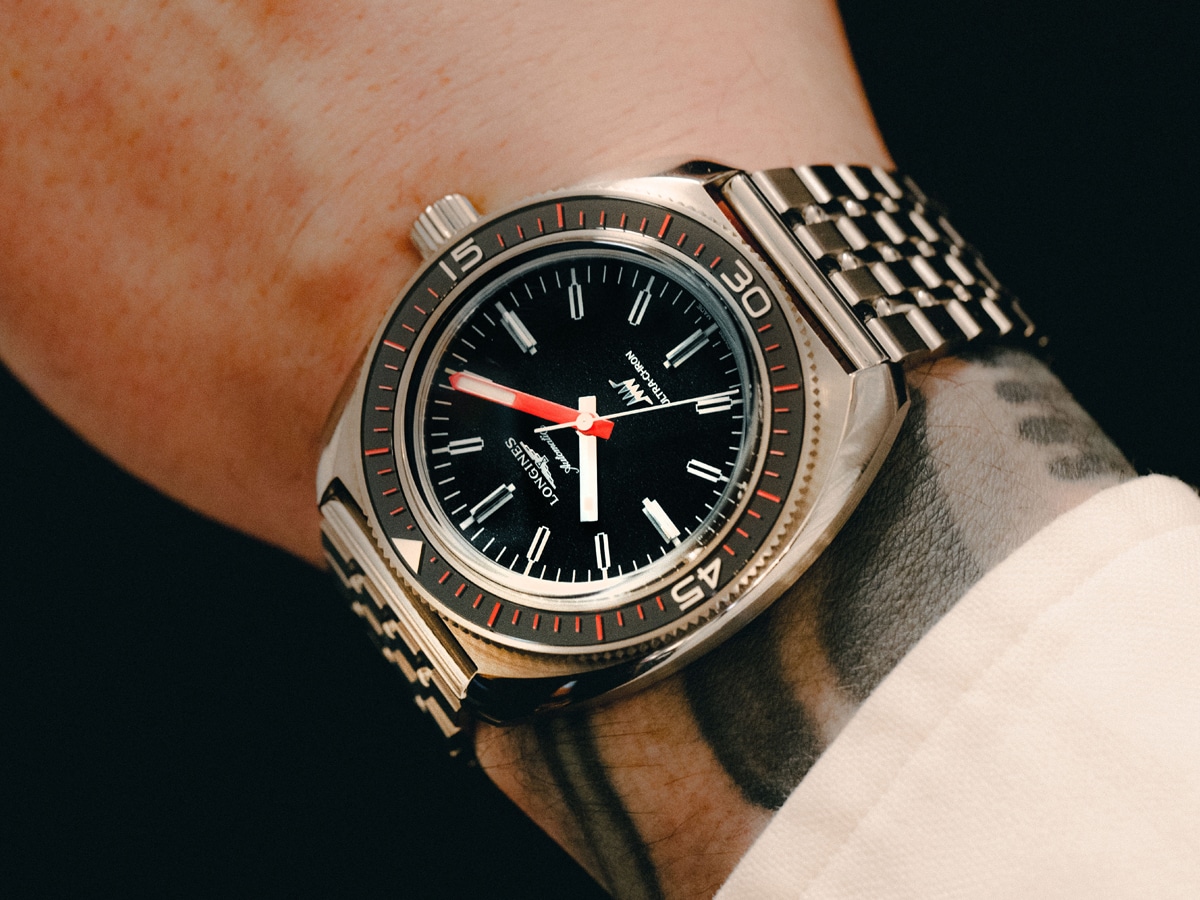
The New Longines Consumer
Admittedly, Longines’ trajectory faces some uphill battles. Breschan exits the CEO role at a time when the brand’s global sales have softened, largely due to weakened demand from Chinese consumers. In its January annual report, Swatch Group noted that despite record sales and market share gains in the USA, Japan, India and the Middle East, the ‘persistently difficult market situation’ in China was proving to be a difficult obstacle. The challenge, not exclusive to Longines, is seeing the wider watch industry change tack to accommodate new consumer demographics and price point is the name of the game.
“We should never forget that while when you compare it (Longines) to many brands, you could say ‘Up to USD$1,000 to USD$5,000 is nothing’. There are so many watches that sell for $10, $50, $100,000, but for 99 per cent of the population, $1,000 to $5,000 US dollars or Australian dollars is a lot of money This is what we should never forget,” Breschan explained. “This is a segment that is still, in particular for young people, a very interesting segment where we want to stay. We have always stayed there in the past, and we continue to stay there.”
“(We love) to take something inspired from the past and then marry it with state-of-the-art technology, but also ensure that we stay in our price range of 1,000 to 5,000 US dollars. So we really want to bring the state-of-the-art technology in this price segment where we’re always strong and which we dominate with the market share, depending on the counter between 20 and 80 per cent.”
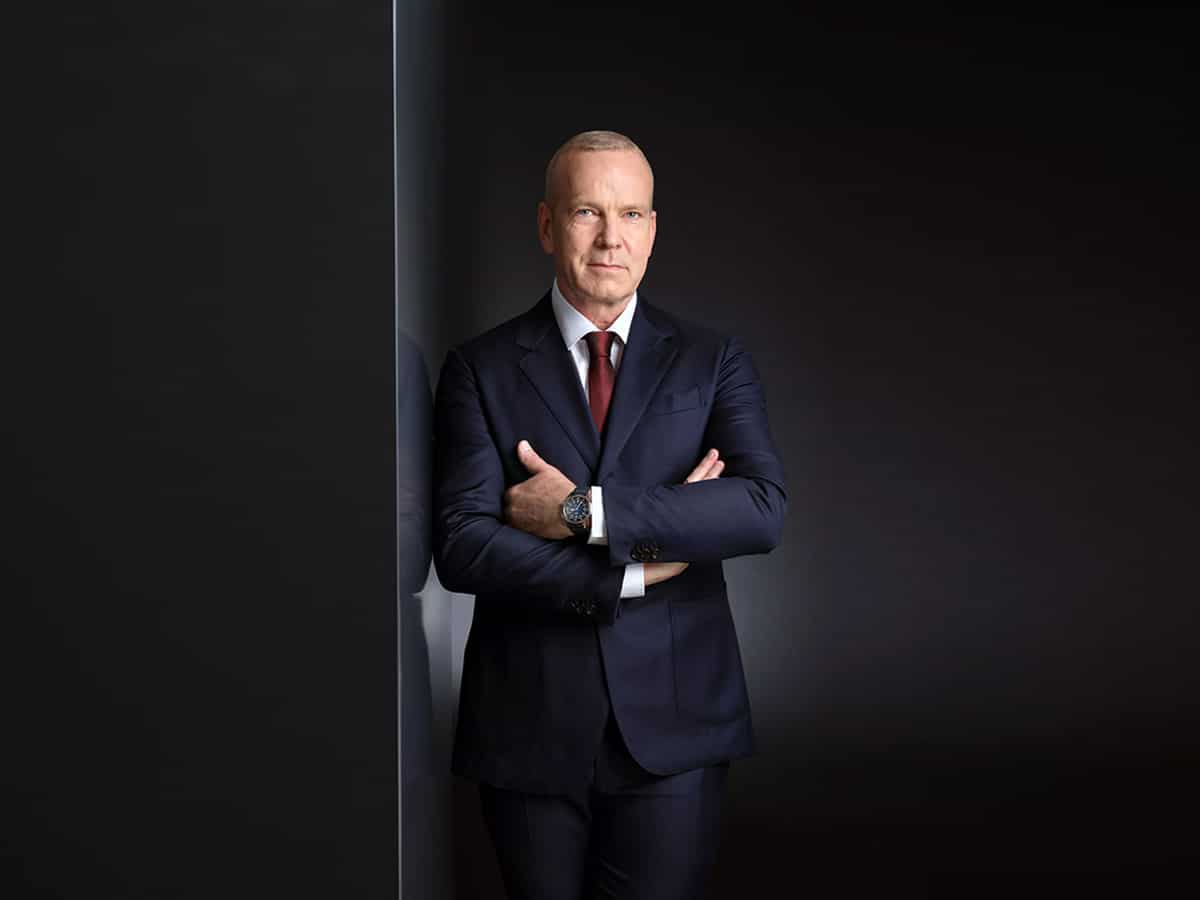
“We have something that is unique, that differentiates us from all others. This is why our success, even within the multi-brand environment, is very different and larger versus the other brands because we bring an added value that nobody else has.”
Time For Change
With Breschan’s tenure at the helm of Longines coming to an end, the iconic watchmaker finds itself on the cusp of a new era. There is no word yet on what new chief Patrick Aoun has in store for the Saint Imier producer and no indication that incremental change is on the way, but there are two schools of thought that dominate predictions.
On one hand, capitalising on the growing appetite for vintage style, particularly among younger collectors and first-time buyers, gives Longines a unique platform to build brand equity, while on the other, innovation beckons. Mining its own rich history has proved fruitful and there is no shortage of fan favourite tiempieces to pull from the archive books, but it’s a difficult balancing act. How do you fuse heritage with innovation in a way that feels authentic, inventive and pure? If you ask Breschan, the answer is in the ethos.
“Never stop innovating and never be self-satisfied that you have achieved what you wanted to achieve, because the day that you stop innovating, you start killing a brand.”
DISCLAIMER: The author of this post, Nick Hall, was invited to attend the Longines Press Showing in Seoul as a guest of the brand.








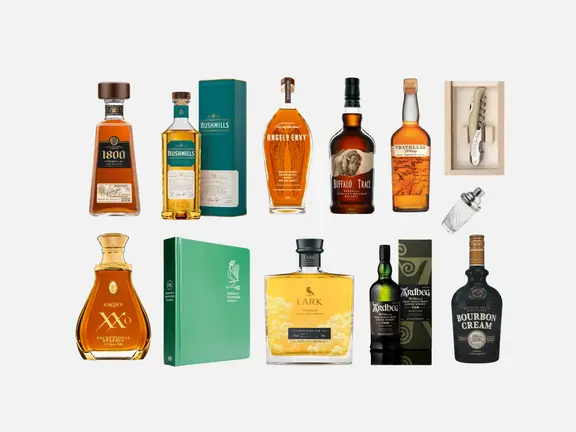














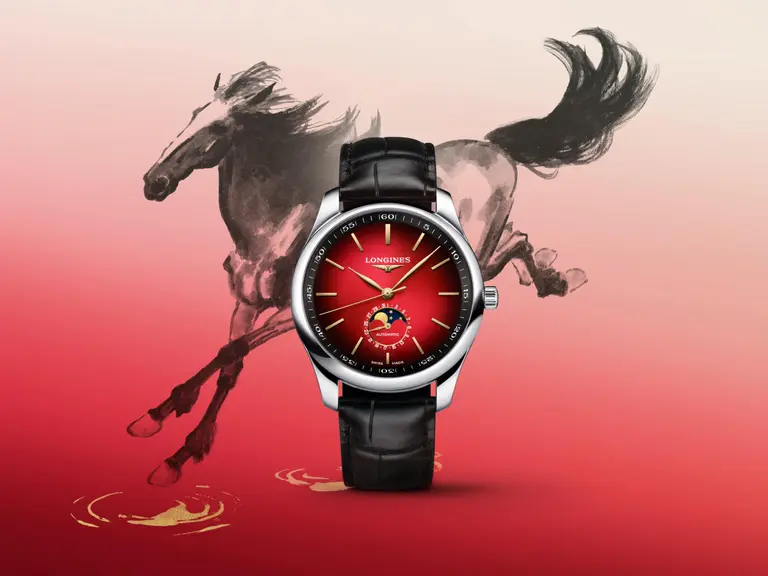






Comments
We love hearing from you. or to leave a comment.